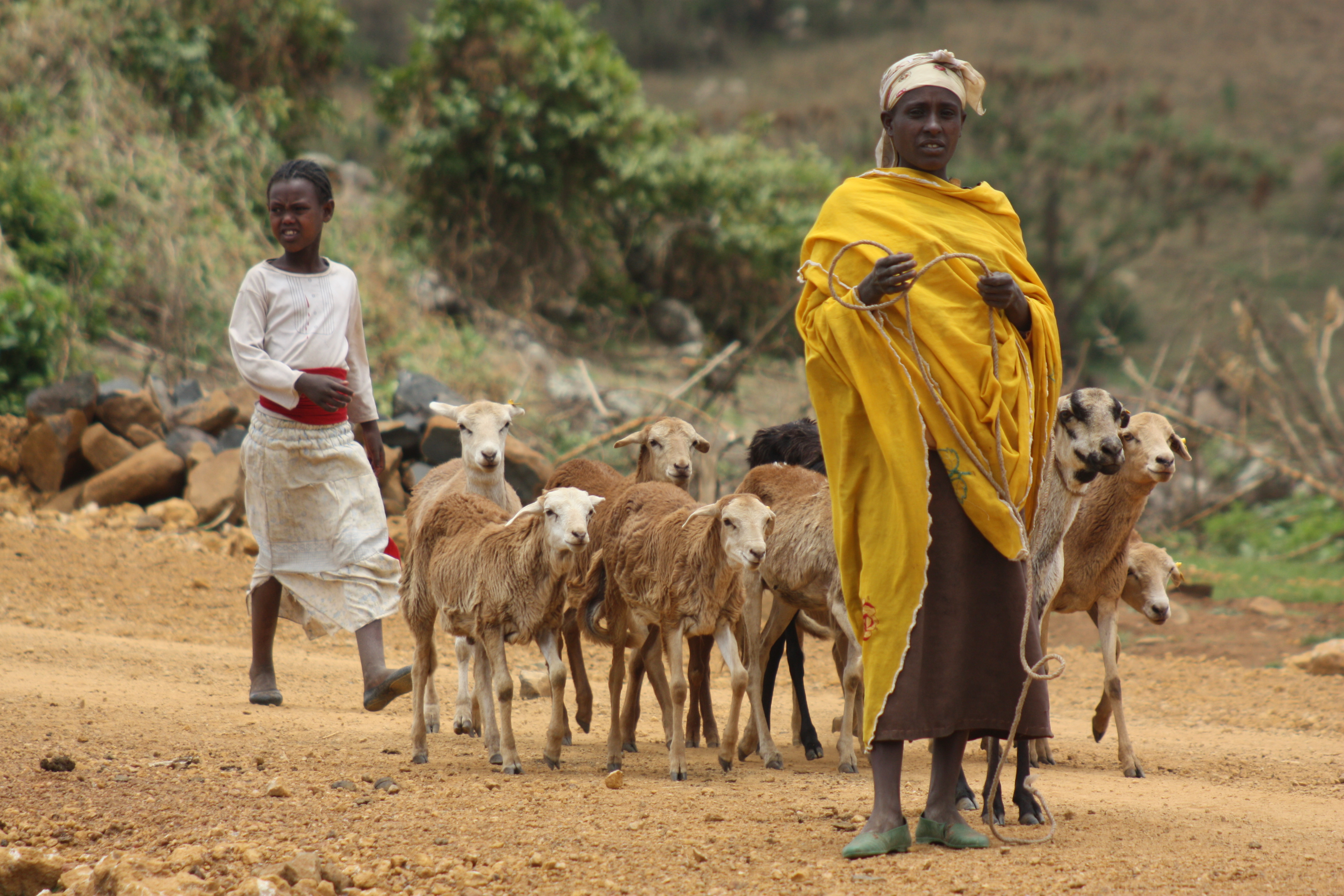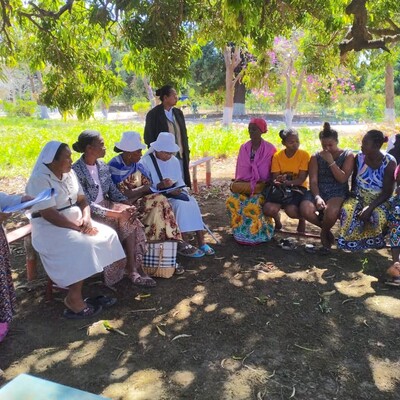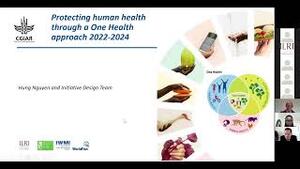
Celebrating World Zoonoses Day with a focus on ILRI’s research on zoonotic diseases
World Zoonoses Day is
marked annually on 6 July to commemorate the day in 1885 when Louis Pasteur
successfully administered the first vaccine against a zoonotic disease when he
treated a young boy who had been mauled by a rabid dog. The day is also an opportunity
to raise awareness of the risk of zoonoses, infectious diseases that are spread
between animals and people.
Scientists estimate
that 60% of known infectious diseases in people and 75% of new or emerging
infectious diseases in people are transmitted from animals. Neglected zoonoses
associated with livestock, such as brucellosis and cysticercosis, impose a huge
health burden on poor people and reduce the value of their livestock assets.
Through its Animal and Human Health program, the International Livestock Research Institute (ILRI) carries out research with national and international partners towards improving the control of zoonotic diseases through a range of tools and approaches such as risk mapping and risk targeting, modelling of zoonotic pandemics, decision-support tools and advice on vaccination strategies. The program also generates evidence for policymakers on the cost and impact of zoonoses and the benefits of their prevention.
Some of our collaborative research on zoonoses includes work on developing optimal vaccination strategies for Rift Valley fever in East Africa, studying the epidemiology, ecology and socio-economics of disease emergence in Nairobi and developing an effective surveillance program for zoonoses in livestock in Kenya.
For an in-depth look, listed below are some of our research publications on zoonoses:
- Grace, D., Mutua, F., Ochungo, P., Kruska, R., Jones, K., Brierley, L., Lapar, L., Said, M., Herrero, M., Phuc, P.M., Thao, N.B., Akuku, I. and Ogutu, F. 2012. Mapping of poverty and likely zoonoses hotspots. Zoonoses Project 4. Report to the UK Department for International Development. Nairobi, Kenya: ILRI.
- Mbotha, D. and Bett, B. 2015. Utilization of the Rift Valley fever decision support tool in Kenya: Successes and challenges. ILRI Discussion Paper 28. Nairobi, Kenya: ILRI.
- Munyua, P.M., Murithi, R.M., Ithondeka, P., Hightower, A., Thumbi, S.M., Anyangu, S.A., Kiplimo, J., Bett, B., Vrieling, A., Breiman, R.F. and Njenga, M.K. 2016. Predictive factors and risk mapping for Rift Valley fever epidemics in Kenya. PLoS ONE 11(1): e0144570.
- ILRI. 2017. Developing optimal vaccination strategies for Rift Valley fever in East Africa. ILRI Project Profile. Nairobi, Kenya: ILRI.
- Carron, M., Yu-Mei Chang, Momanyi, K., Akoko, J., Kiiru, J., Bettridge, J., Chaloner, G., Rushton, J., O’Brien, S., Williams, N., Fèvre, E.M. and Häsler, B. 2018. Campylobacter, a zoonotic pathogen of global importance: Prevalence and risk factors in the fast-evolving chicken meat system of Nairobi, Kenya. PLOS Neglected Tropical Diseases 12(8): e0006658.
- Akoko, J.M., MacLeod, E., Thomas, L.F., Alarcon, P., Kang’ethe, E., Kivali, V., Muloi, D., Muinde, P., Murungi, M.K., Gachoya, J.M. and Fèvre, E.M. 2019. Detection of circulating antigens for Taenia spp. in pigs slaughtered for consumption in Nairobi and surroundings, Kenya. Parasite Epidemiology and Control 4: e00093.
- Hassell, J.M., Ward, M.J., Muloi, D., Bettridge, J.M., Phan, H., Robinson, T.P., Ogendo, A., Imboma, T., Kiiru, J., Kariuki, S., Begon, M., Kang’ethe, E.K., Woolhouse, M.E.J. and Fèvre, E.M. 2019. Deterministic processes structure bacterial genetic communities across an urban landscape. Nature Communications 10: 2643.
- Thomas, L.F., Cook, E.A.J., Fèvre, E.M. and Rushton, J. 2019. Control of Taenia solium: A case for public and private sector investment. Frontiers in Veterinary Science 6: 176
For more information on ILRI’s research on zoonoses, contact Bernard Bett, senior scientist at ILRI (b.bett@cgiar.org) or Eric Fèvre, professor of veterinary infectious diseases, Institute of Infection and Global Health, University of Liverpool on joint appointment at ILRI (eric.fevre@liverpool.ac.uk).






















